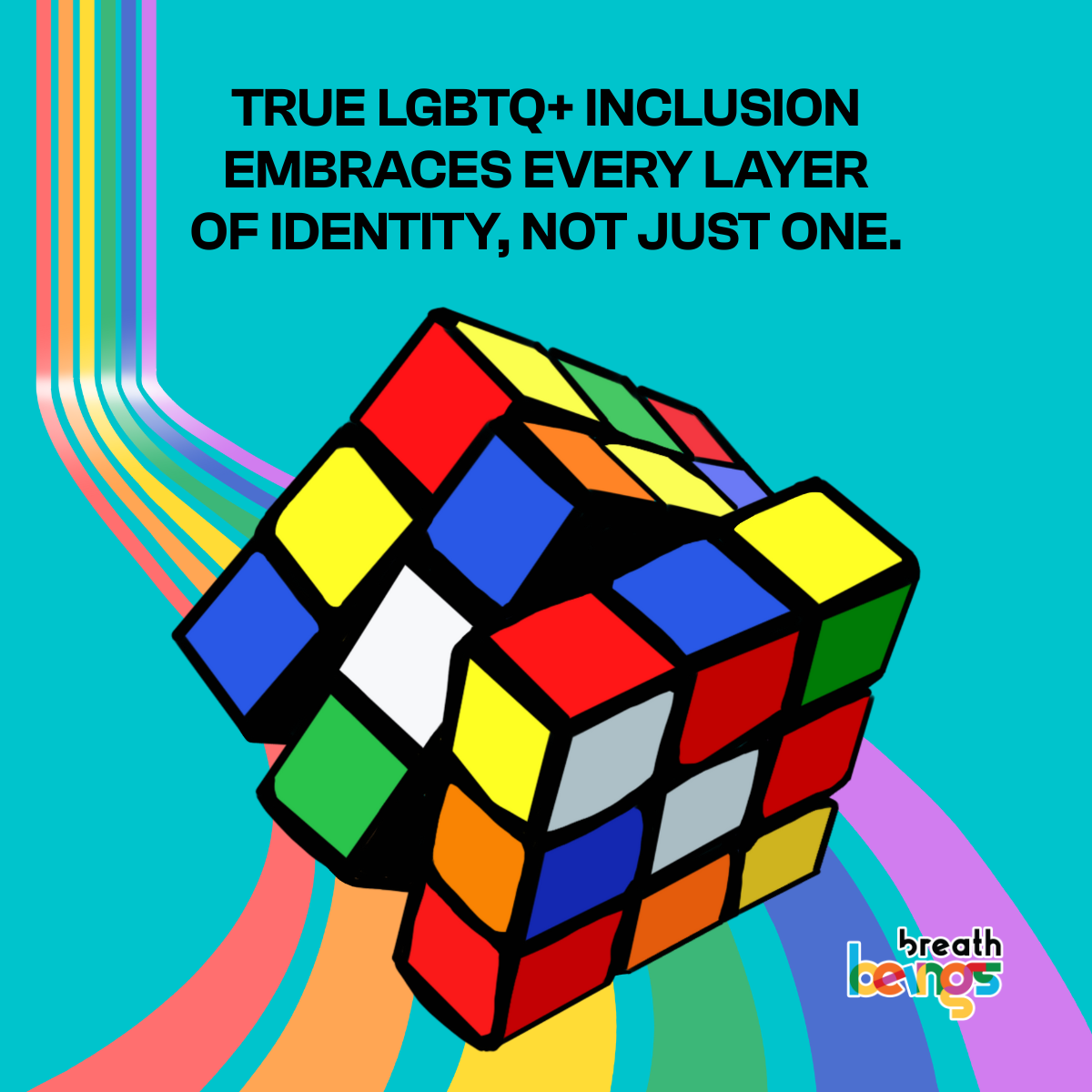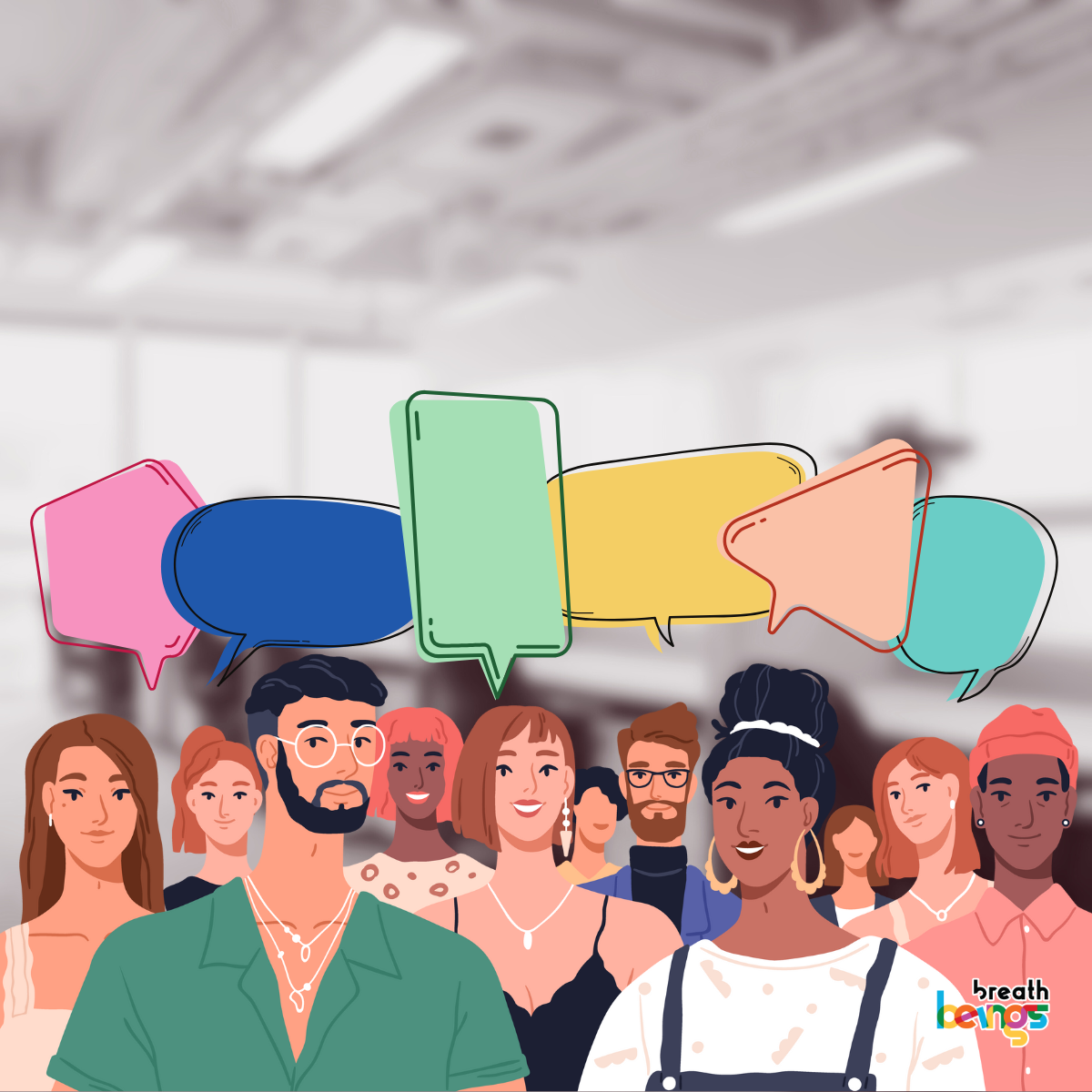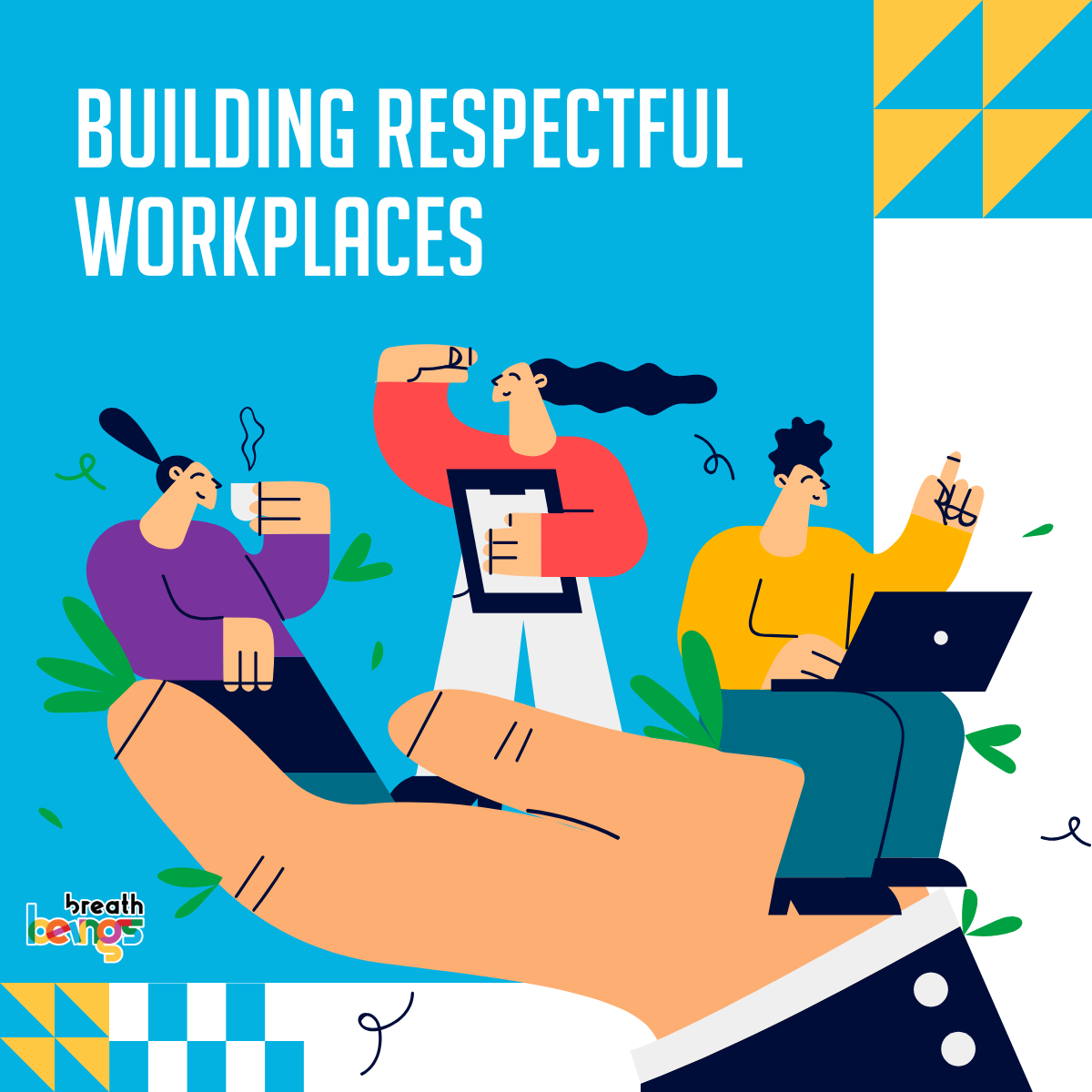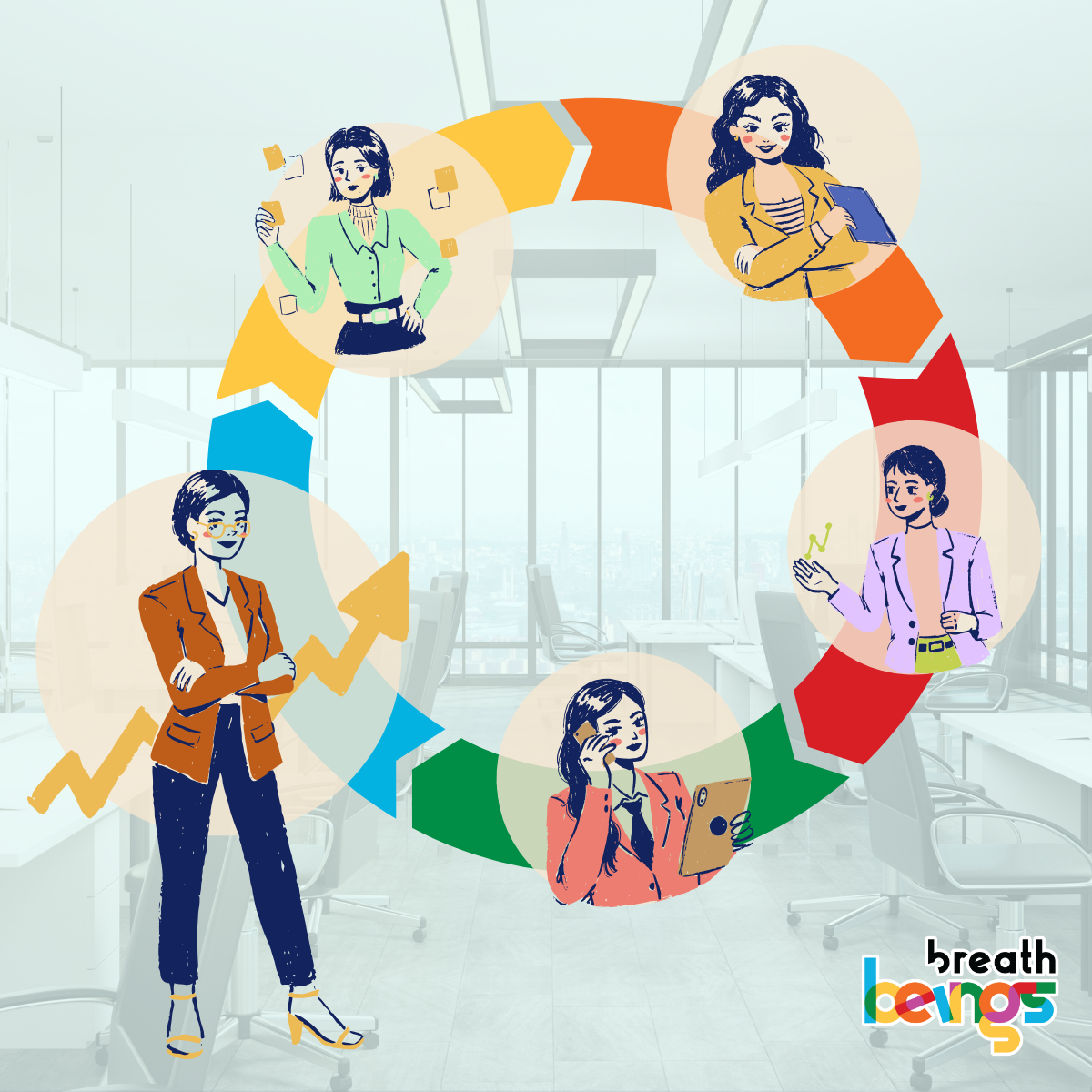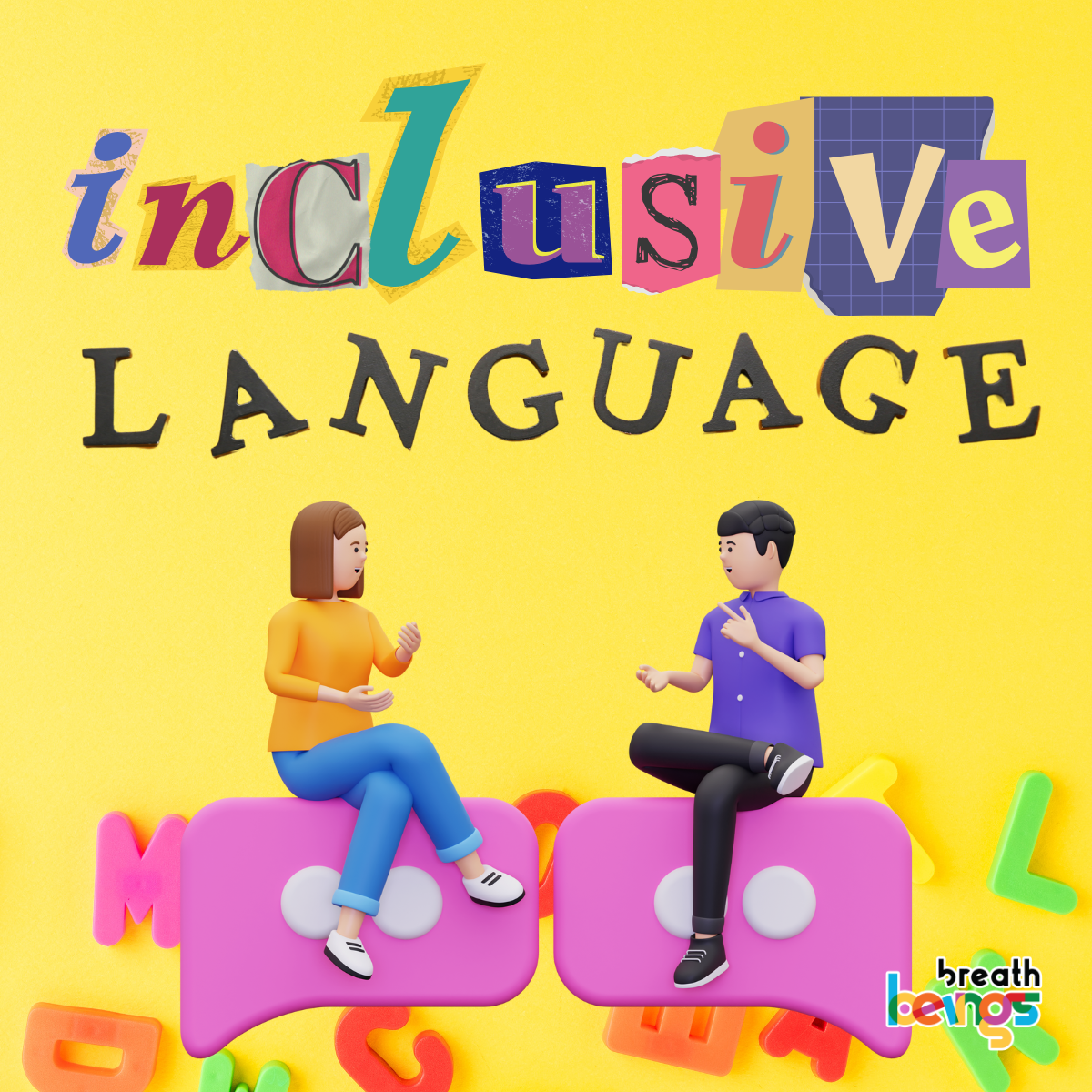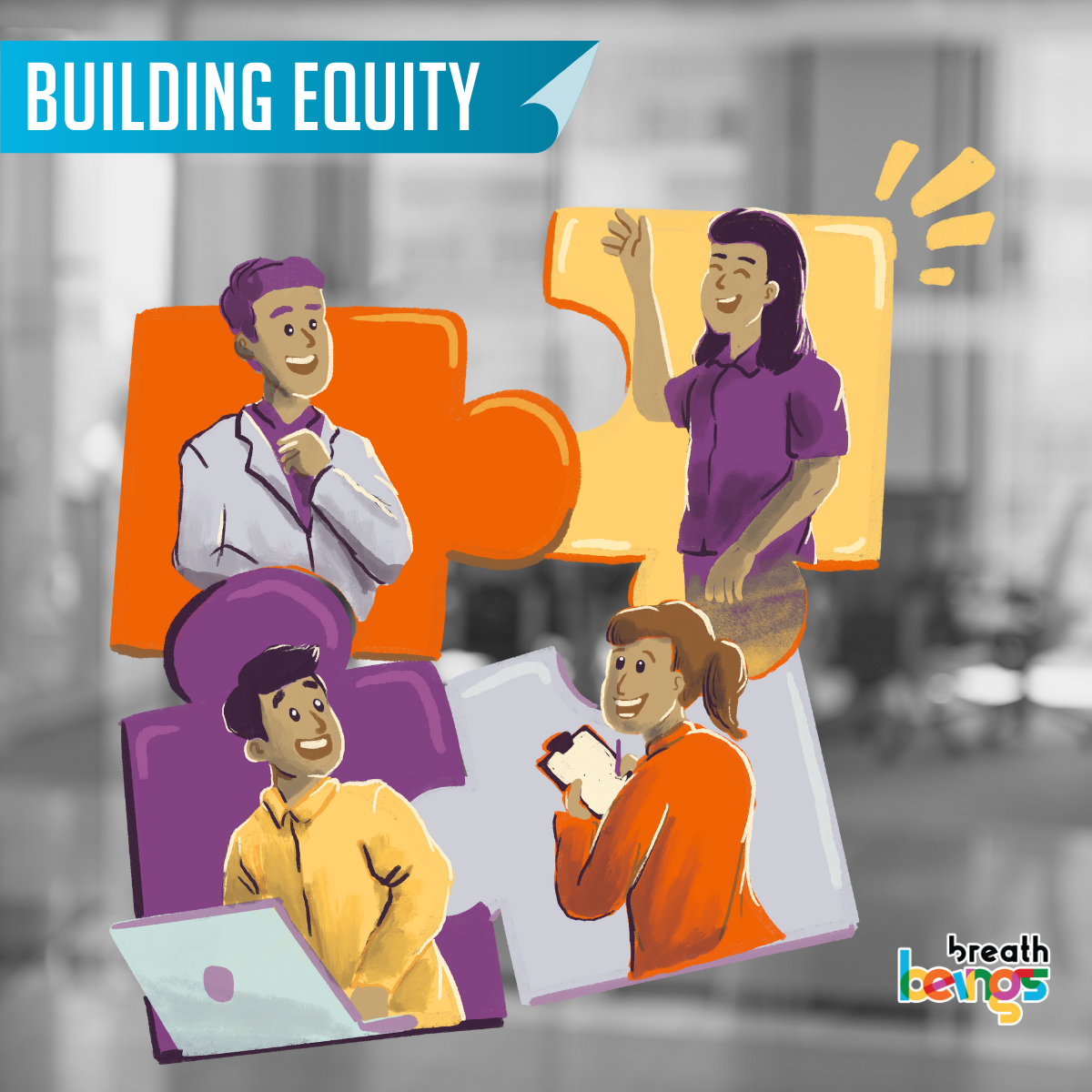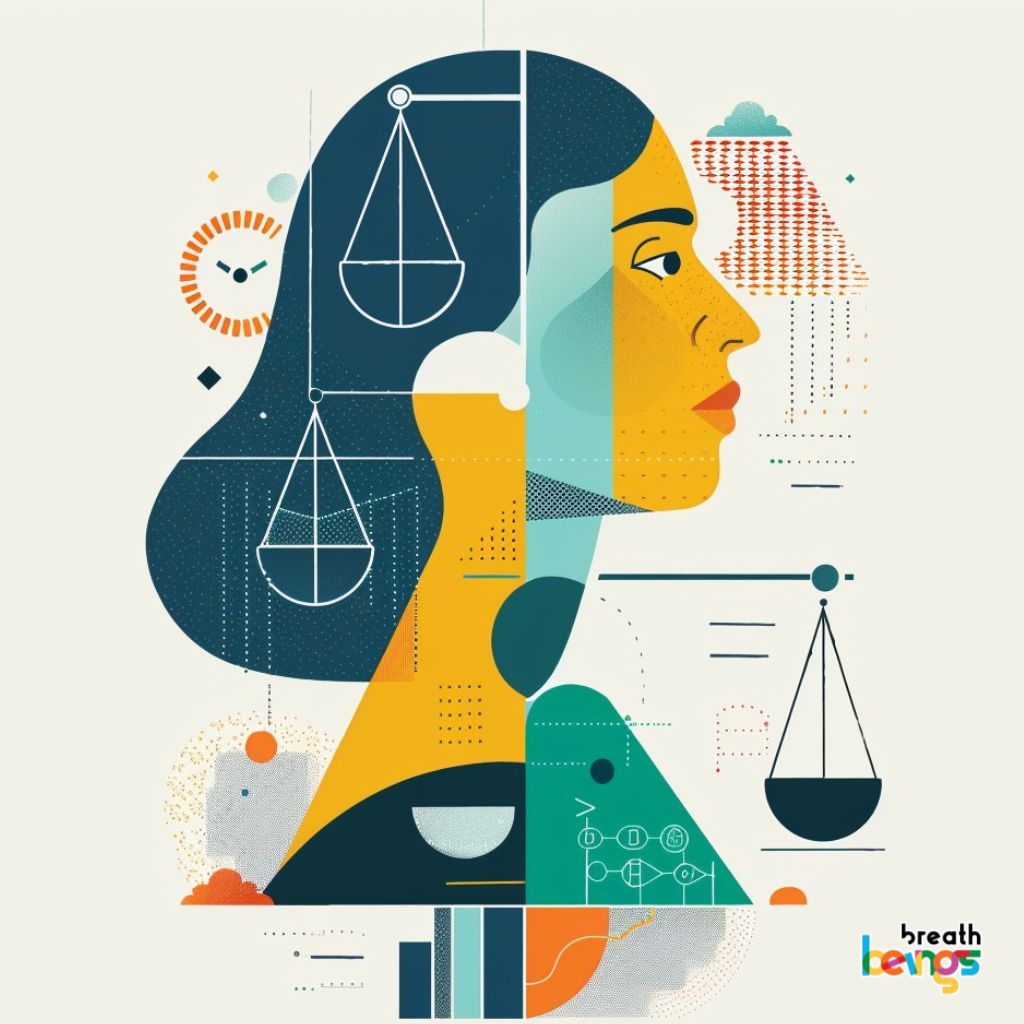A lot of workplace conversations around inclusion tend to focus on a single dimension. Be it gender, sexuality, disability, race, ethnicity or caste. And while these conversations in isolation matter, they don’t always reflect how identity is actually lived.
Our identities do not exist in isolation. We do not live a life that pertains to singularity. And the inclusion efforts that address them often end up leaving people out in quiet unspoken ways.
This is where the concept of intersectionality comes in. Although seen as a corporate buzzword, intersectionality is beyond that. It’s a way of understanding and addressing marginalities. It helps us understand how one’s identity often overlaps and creates unique forms of marginalization.
So when we talk about LGBTQ workplace training or LGBTQ awareness training, we have to ask: Whose stories are we centering on? And whose are we leaving behind?
Research shows that within the LGBTQ+ umbrella, certain groups, such as plurisexual individuals (bisexual, pansexual), gender non-conforming people, and those with disabilities, often report lower workplace wellbeing due to compounded stigma and invisibility. For instance, LGBTQ+ employees who are also people of color or have disabilities may encounter systemic barriers that others do not. These can include microaggressions, lack of representation in leadership, or inaccessible workplace environments. Without acknowledging these intersecting identities, well-meaning LGBTQ awareness month activities or Pride Month celebrations risk overlooking the very employees who need support the most.
Why Intersectional Inclusion Matters for the Workplace
An intersectional approach to inclusion benefits not only underrepresented employees but the entire organization. When workplaces actively address the complex realities of their LGBTQ+ employees, they foster psychological safety, a space where people can bring their whole selves without fear of judgment or discrimination. This leads to higher engagement, innovation, and retention.
For example, during Pride Month, displaying a pride month flag is a powerful symbol, but pairing it with intersectional policies, like accessible healthcare benefits for transgender employees of color or disability accommodations, signals genuine commitment. Such holistic inclusion helps employees feel truly seen and valued.

So What Does Real Inclusion Look Like?
We’re not here to hand out a checklist. But if you’re serious about creating meaningful change, then here are some places to begin:
#1. Build Training That Reflects Real Lives
Most LGBTQ workplace training covers basic terminology and scenarios. That’s a start, but not the whole picture. What if your training included stories from across caste, class, religion, and ability? What if it asked people to sit with discomfort, not just good intentions?
#2. Check Whether Your Policies Reflect Intersectional Needs
Is your health insurance trans-inclusive? Does it cover chronic illnesses or chosen family? Are your performance expectations ableist, assuming one way of working fits all? Encourage ERGs to collaborate across identity lines, creating safe spaces for conversations about intersectional challenges. This fosters solidarity and collective advocacy for inclusive policies
#3. Listen to the People at the Margins
Who speaks up in your organization, and who stays quiet? Who’s asked to be the “voice” of a community, and who gets to just… show up and work? Instead of visibility for the few, create belonging for the many.
#4. Make Feedback Safe, Especially for the Underrepresented
If someone with multiple underrepresented identities wants to share feedback, will they be believed? Will they be safe? Will anything change? Create multiple, psychologically safe ways for people to share their experiences, anonymously if needed, and most importantly, act on them.
You don’t need all the answers. But you do need to create space for the questions to be asked.
Navigating intersectionality in the workplace is not a one-time task but a continuous journey, one that requires humility, reflection, and conscious action. By embracing the complexity of LGBTQ+ identities and their intersections with race, gender, disability, and more, organizations can create workplaces where every individual feels empowered to bring their whole self to work. This is the essence of thriving, not just surviving, in an inclusive workplace.
